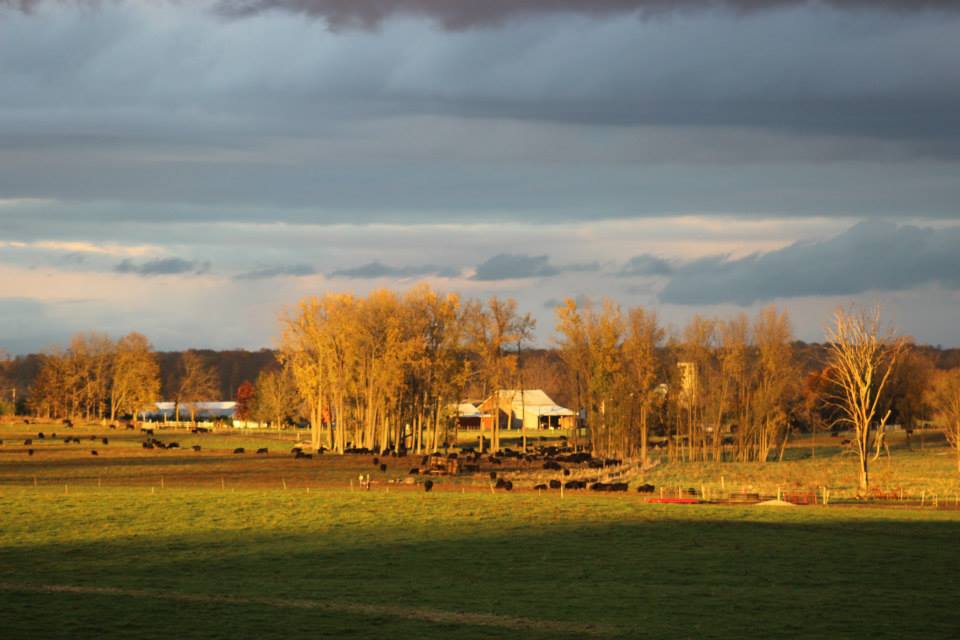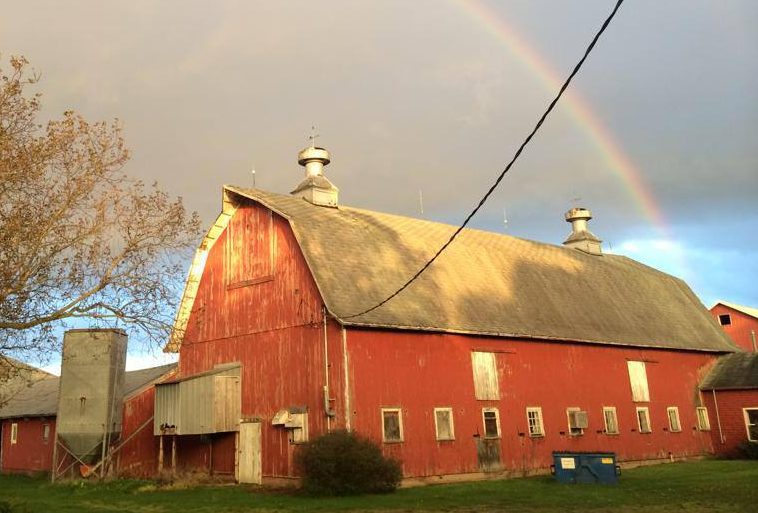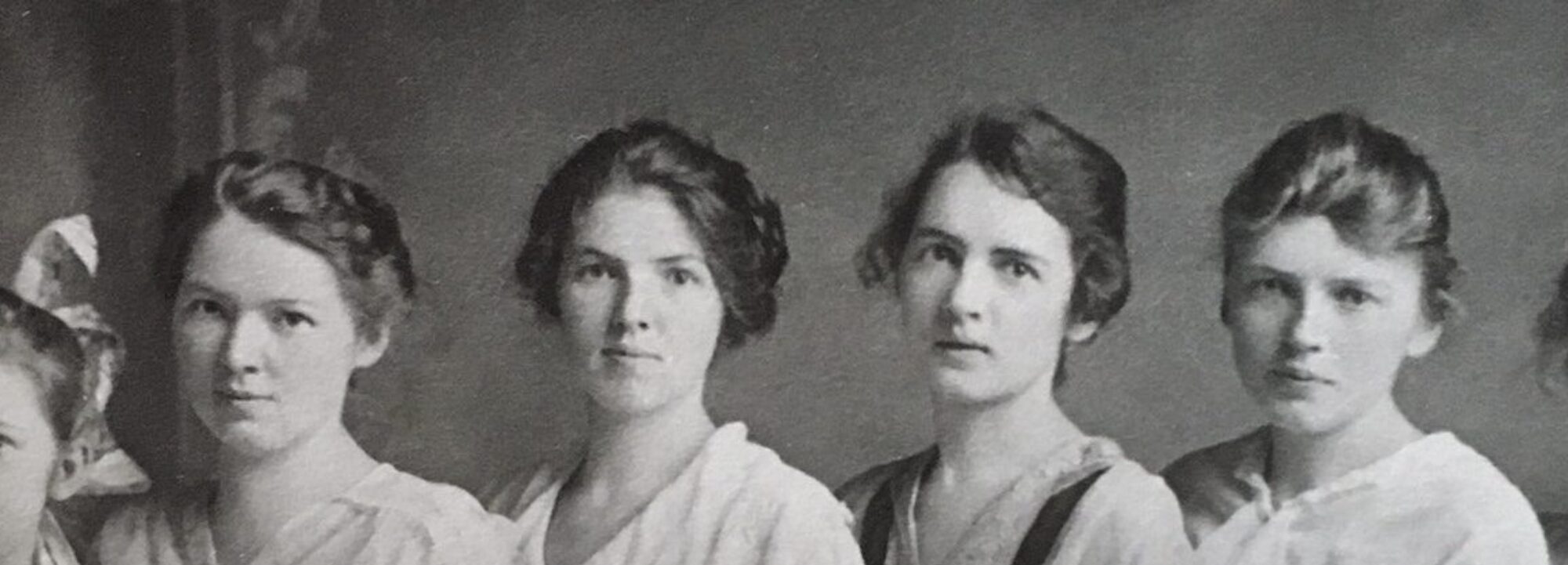March brings some green back to our lives: hints of the lawn emerge from under the snow, crocus and daffodil leaves reach through the crusty cold, and St Patrick’s Day revelers sport their emerald apparel mid-month—always a late winter pick-me-up.
As children, we loved the idea of a pot of gold hidden by some tricky Leprechauns. When we spotted rainbows, we were excited by the prospect of unexpected loot. Could we outfox a Leprechaun? And what we would do with all that gold? Put in a swimming pool? Travel to Disney World? Buy a new car? As quickly as we spotted a rainbow’s beautiful arch, we could summon those dreams.
But of course, I now know we can only see rainbows from a distance and there is really no end. If we were to keep searching for the gold, the riches are forever illusive, much like an endless search for self.

In our insular farm world, my parents taught my brothers and me to be satisfied and happy with what we had; we always had enough, and I know now how lucky we were. This appreciation was to include the food on our plate, the shoes on our feet, and the family and friends around our table. Yes, it was acceptable to dream, and certainly we were encouraged to set goals for ourselves, but our parents insisted that every day was a day to appreciate and enjoy.
Such gratitude was easy to achieve as a child, but as an adult, I find this is a much harder practice. It’s not what our consumer-driven society wants us to believe. To be satisfied, advertising images entice us to buy this car, wear these clothes, or live in this area of the country. These things will make us happy. But the grass is not greener elsewhere.
There isn’t a better place to live in the world, than a small southwest Michigan town. A few hours’ drive in any direction feels like we have entered a different world: the excitement and cultural experiences in Chicago; the renaissance and renewed pride of Detroit; or the gorgeous shorelines of the Great Lakes. We enjoy outstanding public and private colleges and universities, beautiful hardwood forests, and rich, productive farmland.

Truly, we live at the end of the rainbow.
I remember the story of hope from the Old Testament—the rainbow’s appearance, a symbol that the storms of this life will eventually pass. And today, the message of the rainbow has also come to symbolize acceptance and inclusiveness for so many.
Yes, a rainbow’s beauty remains magical today. And even with the scientific understanding of their formation, rainbows still amaze and surprise us, sometimes at the times when we need an emotional lift the most.
The reality is that we will always face challenges in this life, but these storms also come with the reassurance of many more rainbows.
It’s a Fine Life
By Kathleen Oswalt-Forsythe © March 5, 2020
